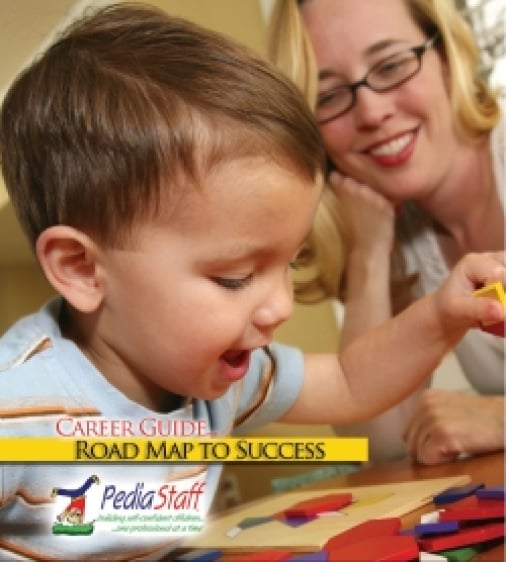School Psych Corner: Guidelines for Responding to Death of a Student or School Staff
[Source: National Center for School Crisis and Bereavement via Cincinnati Children’s Hospital]

These guidelines are designed to help school administrators, teachers, and crisis team members respond to the needs of students and staff after a loss has impacted the school environment, such as after the death of a student or staff member or when deaths occur that affect many people in the community. These guidelines are not intended to provide guidance on clinical care or bereavement counseling and are not intended to address personal losses that impact only one or a few members of the school community.
Bereavement is Common Among School Children
For school personnel, this means that it is highly likely you will encounter a grieving student almost every day, even if you do not see any outward or visible signs of grief. In some communities, violent deaths may be sadly common – although students in these high‐risk communities may appear to be “used to loss,” they are likely to have more difficulty adjusting to multiple losses. Well informed teachers and school personnel can be a source of support for students, but unintentionally they may, if not well informed, be a source of stress. For example, not understanding reactions may lead to misinterpretation of behavioral reactions to loss as misbehavior and disrespect for others.
Read the Rest of this Pamphlet on Cincinnati Children’s Hospital’s Website
PediaStaff is Hiring!
All JobsPediaStaff hires pediatric and school-based professionals nationwide for contract assignments of 2 to 12 months. We also help clinics, hospitals, schools, and home health agencies to find and hire these professionals directly. We work with Speech-Language Pathologists, Occupational and Physical Therapists, School Psychologists, and others in pediatric therapy and education.
